Published: 21st November 2023 | Author: Tanya Russell
Is it a good idea to display my bronze outside?
Broadly yes, many bronze sculpture owners choose to display their bronze outside, and foundry bronze can last indefinitely. This is because it’s a strong and durable material that can hold up extremely well in various outdoor weather conditions.
For bronze resin, this type of material can be expected to last outside for around 20-25 years, and many can last a lot longer than that with proper care and maintenance.
How bronze stands up to freezing temperatures
Foundry Bronze sculptures are very good at withstanding extreme cold, and so displaying a foundry sculpture outside in a cold climate is absolutely fine.
In addition, bronze resin is also very resilient to freezing temperatures, but it is no so resistant to freezing water expanding in cracks. If water pools consistently in one area of the sculpture and freezes in very cold conditions, cracking can occur which can damage your sculpture. This is most often seen along seam lines.
If you are wanting to display your bronze resin sculpture outside, consider putting it under a roofed area or cover. If damage does occur, you’ll be pleased to know that it is comparatively simple to fix compared to foundry bronze.
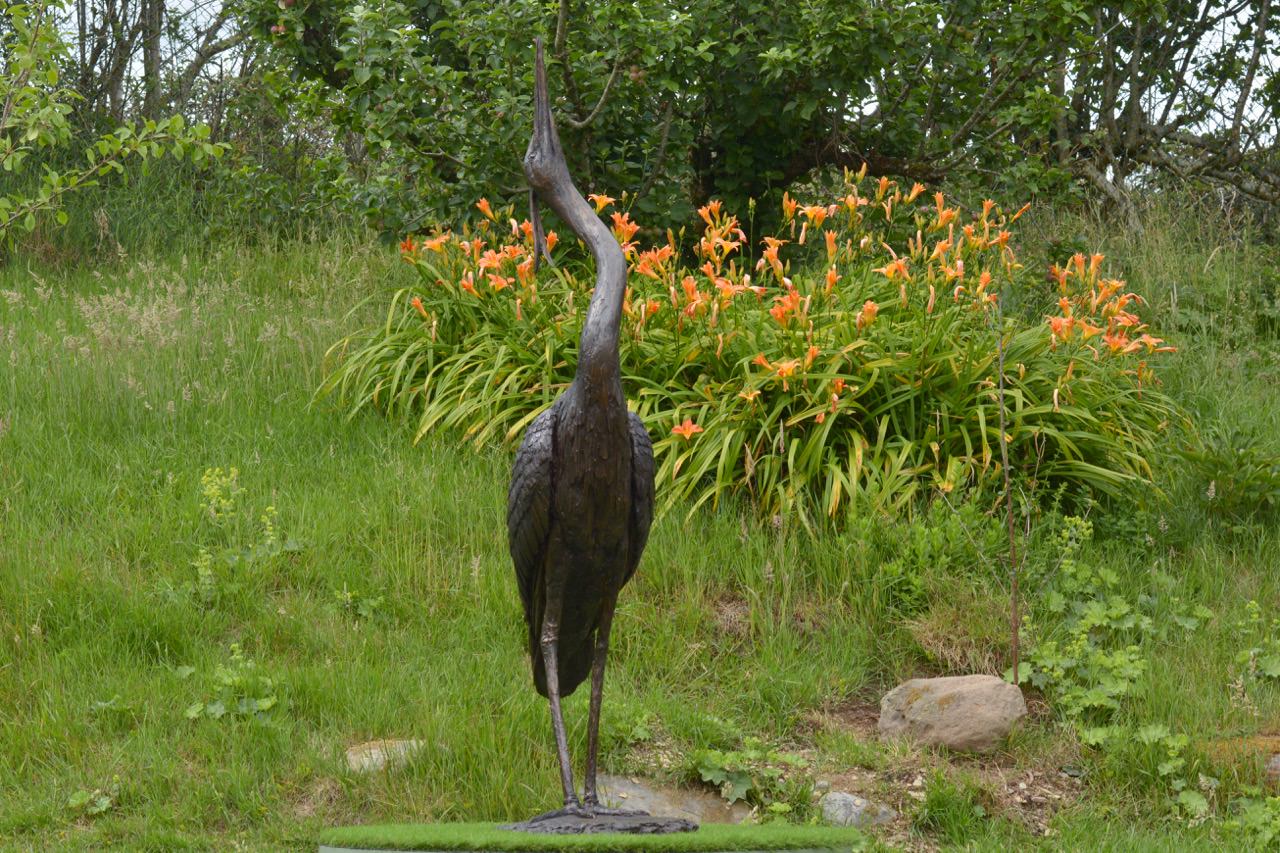
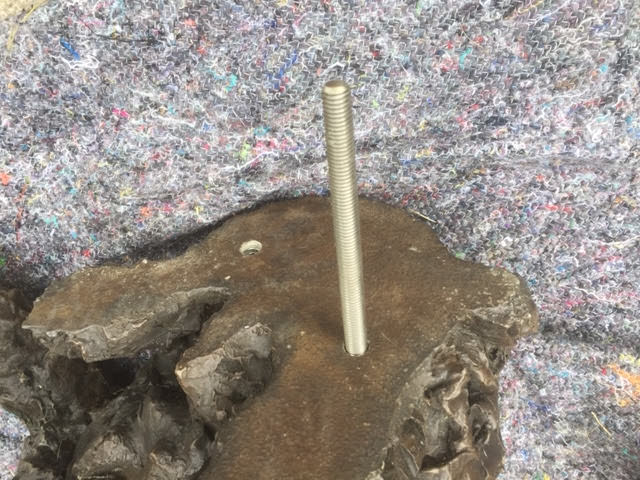
How bronze holds up in strong winds
Due to the weight and shape of bronze sculptures, they tend to fare well in windy conditions and are very wind resistant. However, our sculptures are usually provided with fixings and rods in the base of the sculptures in order to counteract any wind impact.
For some sculpture shapes, this makes more sense and for others it may be not necessary but just an extra precaution. Fixings such as this can help stabilise a sculpture in soft ground or can be glued or bolted into to pre-existing hard surfaces. Additionally, we can also provide heavy-duty ground stakes, which can be placed in the hole over the subframe to supplement the statue’s stability.
How bronze copes in extreme heat
Foundry bronze sculptures are very good at withstanding hot climates, although as they are metal they are a very good conductor of heat and can still become too hot to touch, so it’s best to exercise caution on hot days.
Bronze resin statues that are displayed outdoors can be less resilient to very hot temperatures, particularly compared to cold temperatures. Hot climates can cause cracking. Some of the impact of high temperatures can be mitigated with modern casting techniques that allow them to hold up better. However, if you are planning to display your resin statue in a hot climate, you may want to consider placing it in a shady location.
Even indoors, bronze resin can be impacted by the heat if it’s placed in a location that gets very hot, so it’s again best to place your statue in a shaded area.
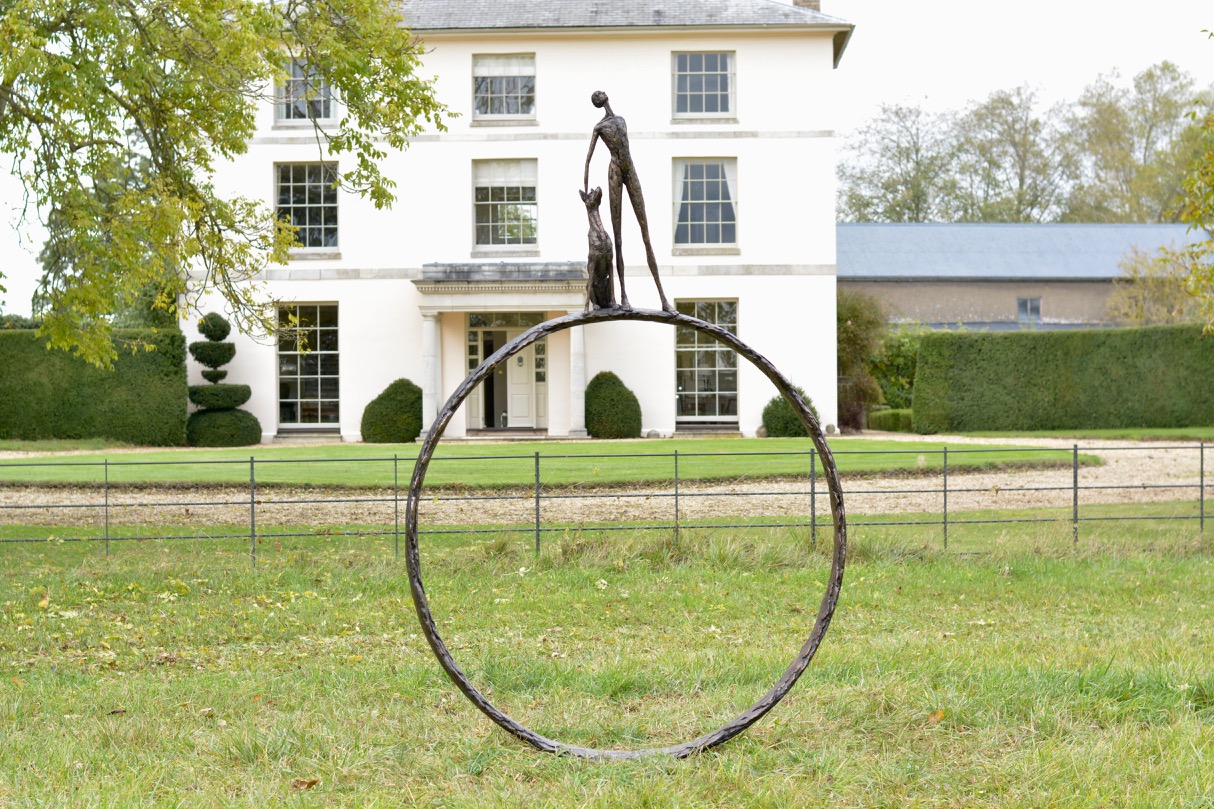
How bronze is affected by rain
Foundry bronze holds up very well in the rain and is very resilient to rainy conditions.
When it comes to bronze resin, some cracking may occur over time if water pools constantly in one area, particularly along seam lines if the water sits there and freezes. It’s important to consider this if you choose to display a bronze resin sculpture outside. Take a look at the composition of the sculpture to see if any areas are likely to pool with water.
Does bronze get damaged in sunlight?
Direct sunlight can cause colour to fade, but it does not damage the surface of your foundry bronze or bronze resin sculpture. Replenishing the protective coating of wax on your sculpture every year can also help to prevent this colour change.
The bigger danger to bronze resin, as previously discussed, is high heat or very intense sun. Placing your bronze resin sculpture in the shade can help mitigate some of the heat exposure.
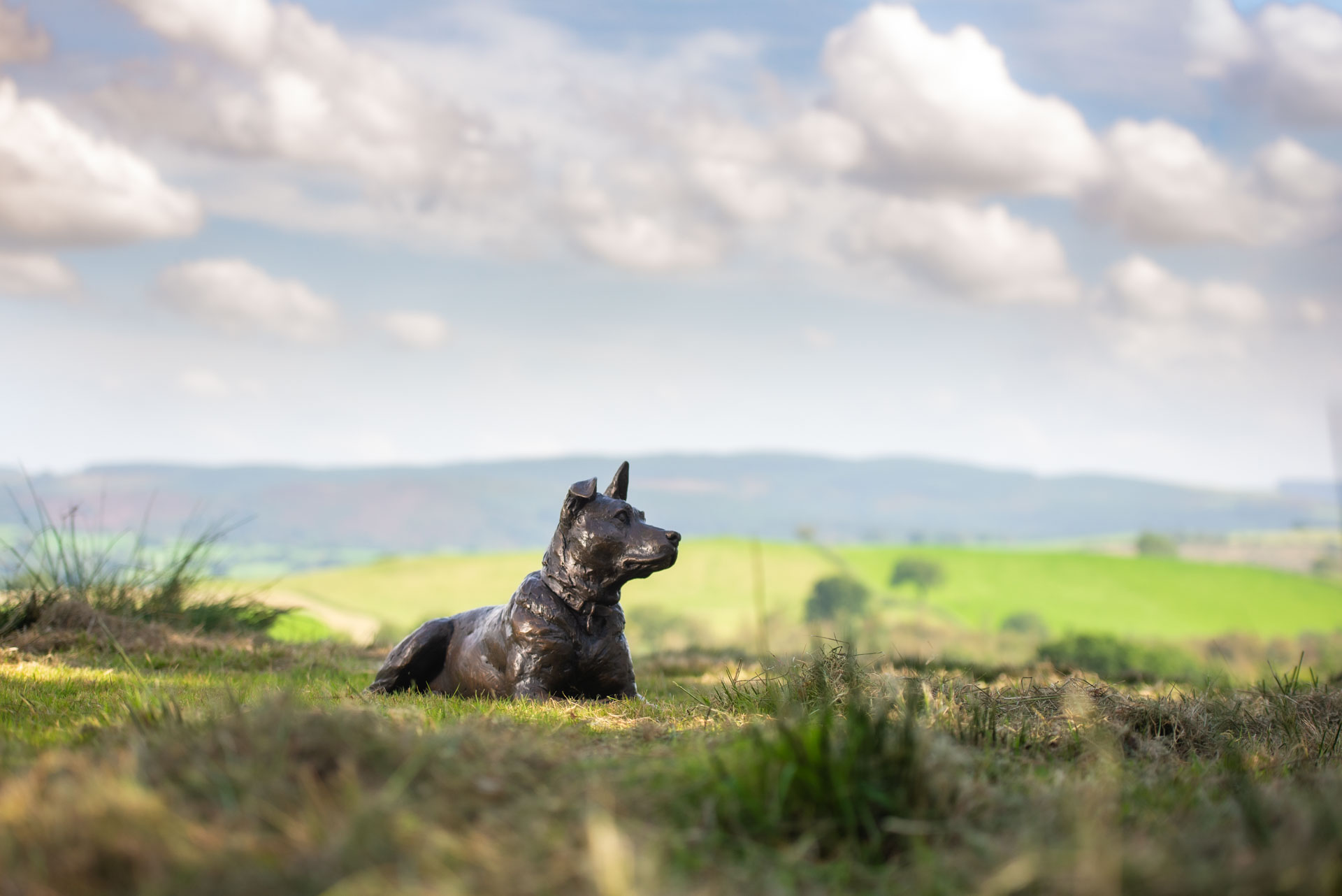
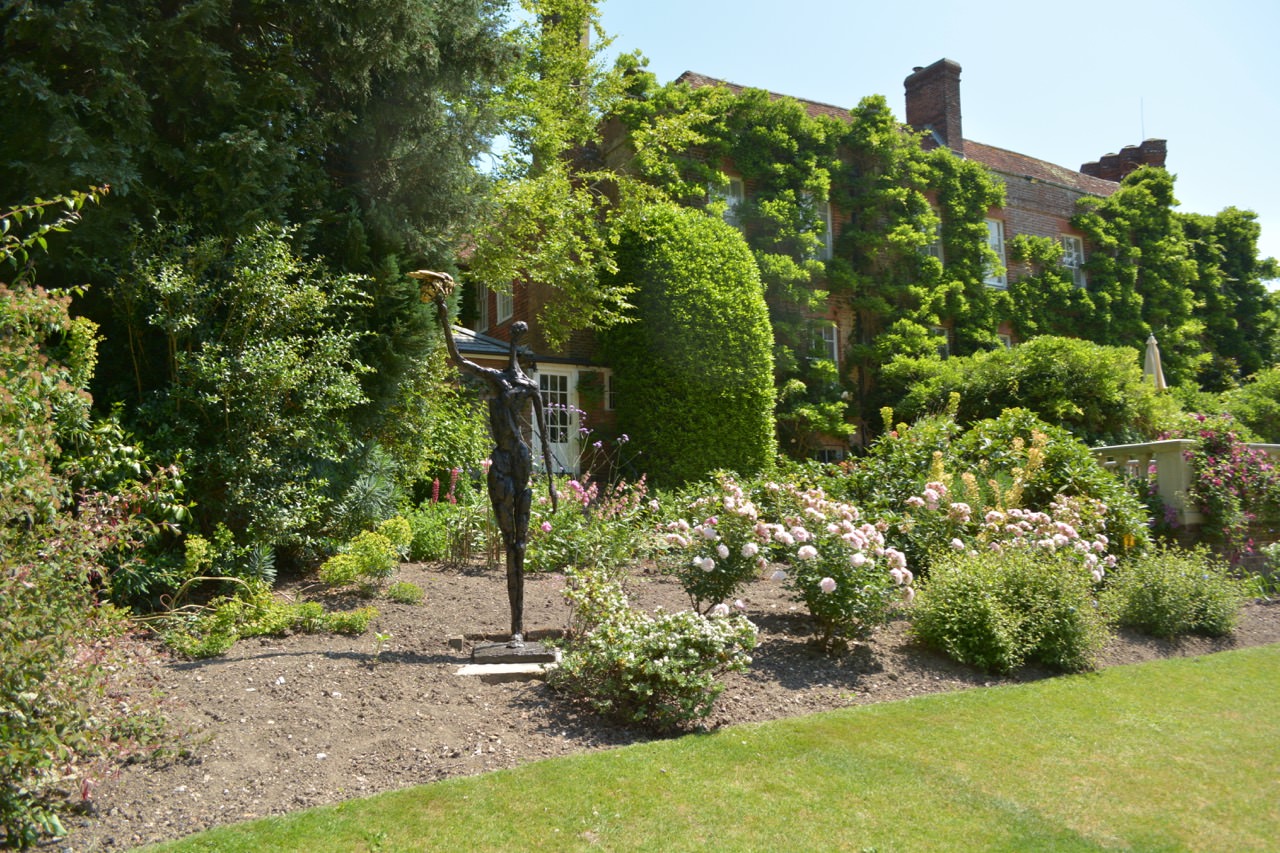
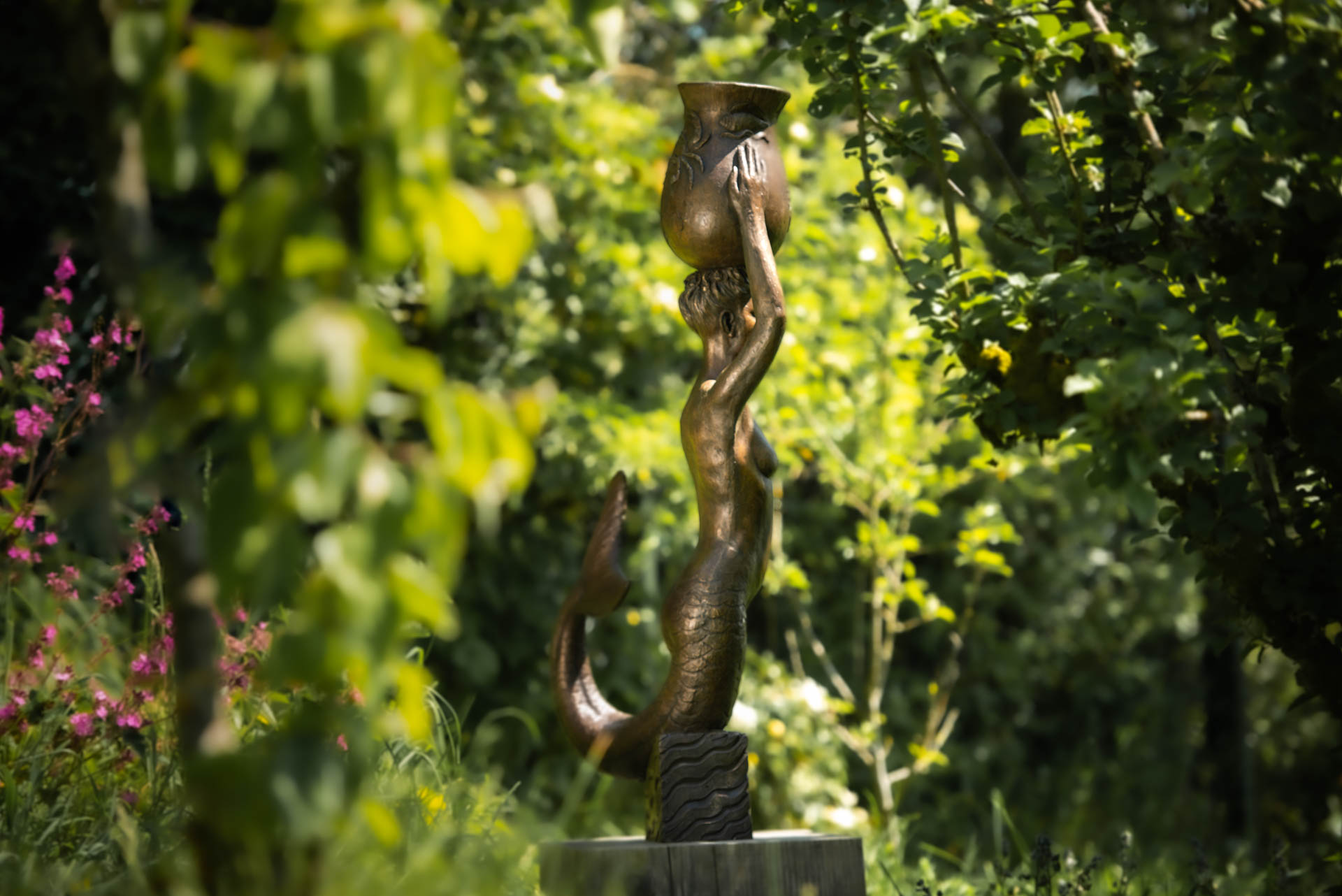
Key takeaways
- Foundry bronze is very resilient to extreme weather conditions, so long as proper maintenance and cleaning is kept up
- Bronze resin is resilient in cold temperatures and windy conditions, but should be kept out of direct heat where possible when displaying outside
- Most bronze resin damage can be, generally, easily resolved should it occur due to weather conditions
If you have any questions specific to displaying a bronze sculpture outdoors, please reach out to us via our contact form and we’ll be more than happy to support you with your questions.
Explore Related Articles
Bronze Memorial Sculptures for Beloved Pets: A Showcase
In this article, we’ll showcase several examples of bronze memorials I have created to commemorate beloved pets. Each sculpture reflects not only these wonderful pets, but the personality and heart that made them so special.
Ancient and Medieval Bronze Casting, Sculpture, Stone Carving and Land Art in the British Isles
See the beautiful work of the ‘hidden people’ of these islands, and the many styles that were born of invasion, settlement and faith.
Photo journey – how Tanya Russell became a bronze animal sculptor in pictures
Tanya has always loved animals, here as a teenager with a rescue hen. Her parents were both sculptors and used to get many animal models and also rescues, who would then stay and live out their lives with the family.

Tanya Russell MRBS
Bronze Sculptor
Tanya Russell has become well known over the last 30 years for her life-like and vibrant animal sculptures.
Having apprenticed for 7 years with her parents, sculptors Lorne McKean FRBS and Edwin Russell FRBS and after practicing as a sculptor for a number of years, she founded the The Art Academy in London Bridge, now a thriving art college. She has completed many public and private commissions nationally and internationally.
For Tanya, her practice is not only about capturing the animals she sculpts with marks and movement. It’s about our relationships with those animals and their welfare.

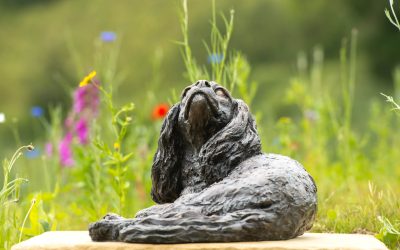
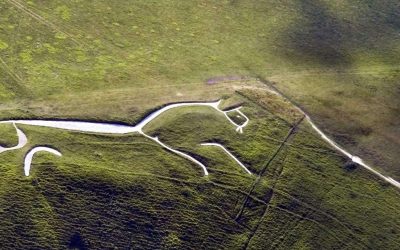
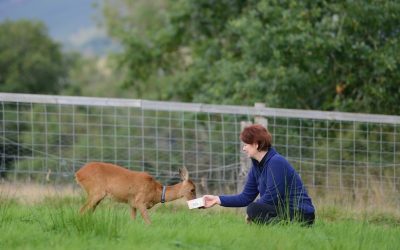
Follow The Artist
Keep up to date with Tanya's latest work!